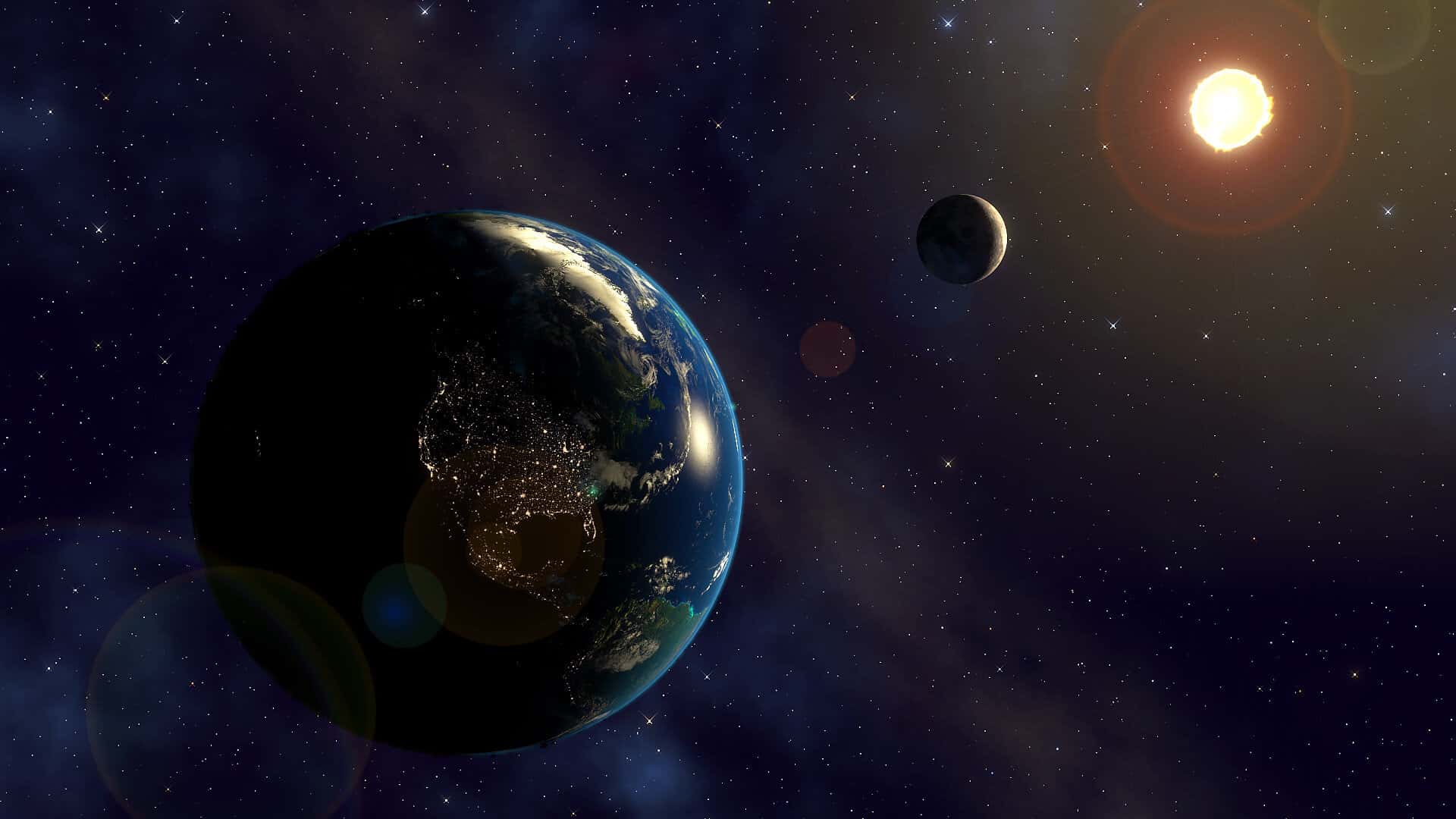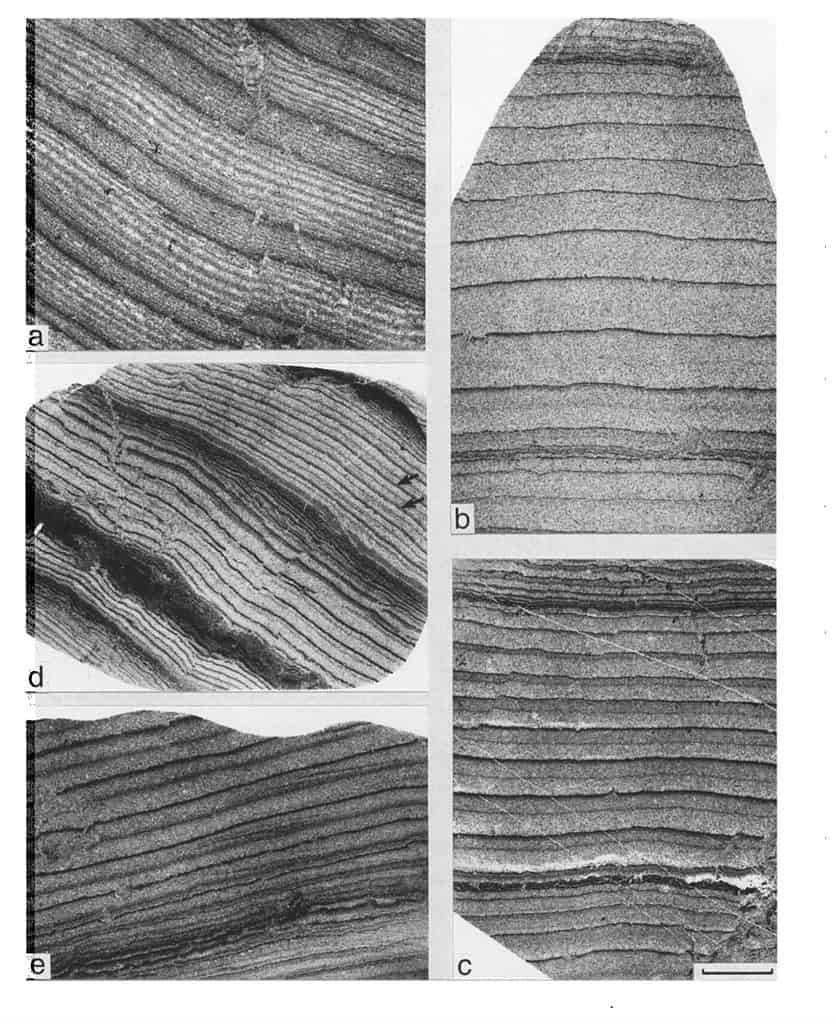
Have you ever wondered why our day — the time it takes for the planet to make a complete revolution around its own axis — is 24 hours long? It turns out that the Earth’s rotation has been gradually slowing down over billions of years due to the tidal pull of the moon.
For instance, during Earth’s early history, the moon was much closer than it is today and a day lasted only four hours. Subsequent research showed that Earth’s spin is slowing by 1.35 seconds every 100,000 years.
However, a recent study by a team of astrophysicists at the University of Toronto has uncovered an intriguing twist in this story. They have discovered that, for over a billion years, an atmospheric tide generated by the sun counteracted the moon’s influence, maintaining a steady 19.5-hour day.
This pause in the slowing of Earth’s rotation has had a profound impact on the length of our day as we know it. Were it not for this pause, days on Earth today would stretch over 60 hours.
The tidal battle: Moon vs. Sun
Since the moon formed around 4.5 billion years ago, its gravitational pull has been gradually slowing down Earth’s rotation. The moon’s gravitational pull creates tidal bulges on opposite sides of the planet, causing the familiar ebb and flow of high and low tides. And the friction between these tides and the ocean floor acts like a brake, slowing down Earth’s rotation.
However, the sun makes its own contribution to Earth’s rotation. Sunlight generates an atmospheric tide that creates bulges in the atmosphere, just like the moon does with ocean tides. But unlike the moon, the sun’s gravity accelerates Earth’s rotation rather than decelerating it.
Nevertheless, throughout Earth’s history, the lunar tides have dominated the solar tides, causing our planet’s rotational speed to decrease and the length of the day to increase. However, around two billion years ago, a fascinating interplay between the atmosphere’s temperature, its natural resonance, and Earth’s rotational rate came into play.

In their new study, the scientists, led by theoretical astrophysicist Norman Murray, drew on geological evidence and employed atmospheric research tools to unravel the connection between the atmosphere’s temperature and Earth’s rotational rate. They discovered that the atmospheric bulges were larger during this period due to the warmer atmosphere.
The atmosphere acted like a resonating bell, vibrating at a frequency determined by various factors, including temperature. Waves, similar to those produced by volcanic eruptions or other disturbances, travel through the atmosphere at a velocity determined by its temperature. When the atmospheric resonance and the length of the day became synchronized, the atmospheric tide gained strength, resulting in larger bulges and a significant counteraction to the lunar tide.
Confused? Imagine pushing a child on a swing. If your pushes and the swing’s rhythm are out of sync, it won’t achieve much height. However, when your push aligns with the swing’s movement, adding momentum at just the right moment, it swings higher and further.
This is what happened to the atmospheric resonance and tide that occurred billions of years ago. When the resonance and the length of the day were perfectly matched, the atmospheric tide intensified, propelling Earth’s rotation further and keeping the day at a constant 19.5 hours.
While the billion-year pause in the lengthening of our day may seem distant in geological history, it carries significant implications for our present-day climate crisis. Much of the work conducted by the University of Toronto researchers hinged on global atmospheric circulation models (GCMs) commonly employed by climatologists studying climate change. This successful application of GCMs offers an important lesson, emphasizing their accuracy and reliability in understanding Earth’s complex systems.
As our planet’s temperature rises due to global warming, the resonance of the atmosphere shifts. This shift moves our atmosphere away from the perfect alignment it once had, resulting in less torque from the sun and, consequently, an accelerated lengthening of the day. Yes, climate change is making days longer now.
The findings appeared in the journal Science Advances.






